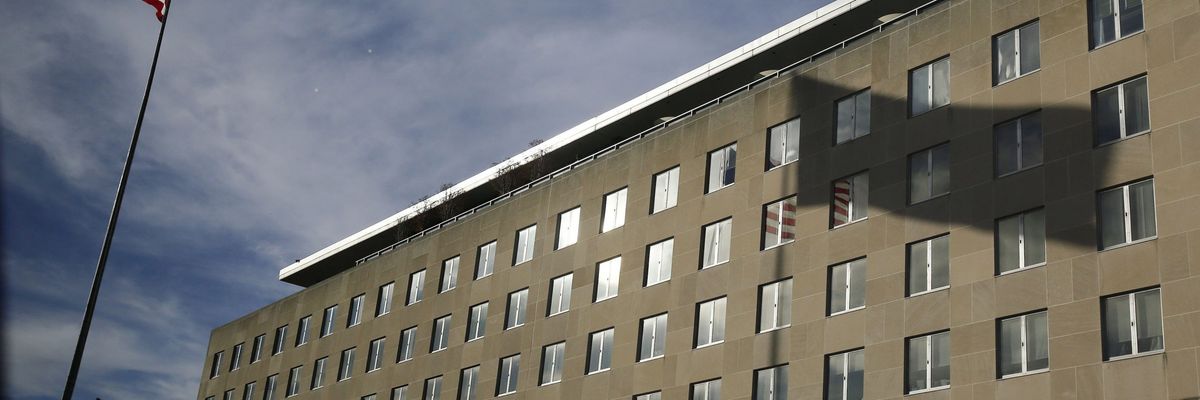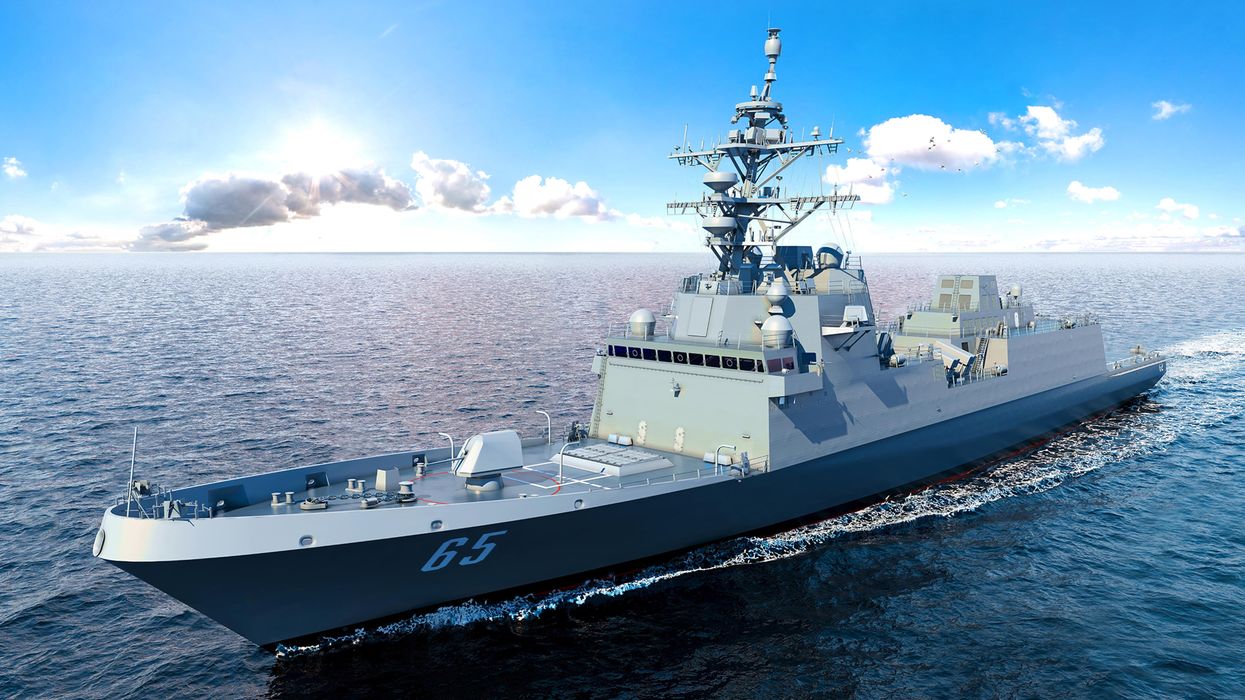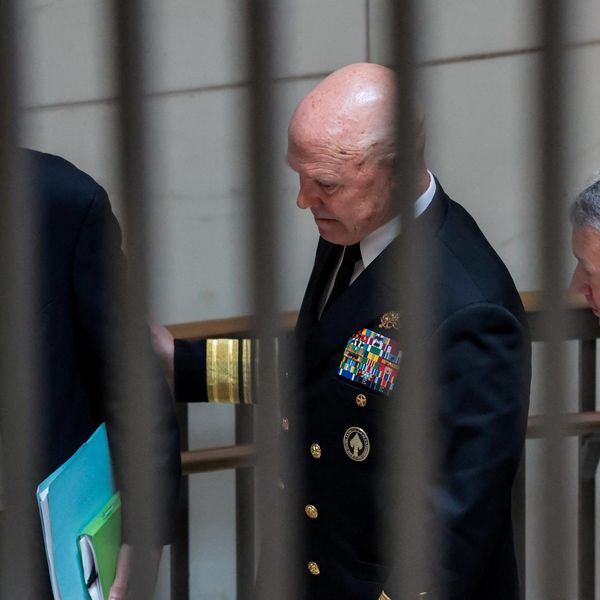The dramatic changes in the international system over the past two decades—a major rebalancing of world power and increasingly pressing transnational crises like climate change and migration—call for a revolution in American statecraft and a global engagement based on realism, restraint, and non-intervention. A revolution that reverses the norm of the last 70 years, which has put U.S. military engagement ahead of its diplomacy, militarizing U.S. foreign policy and causing global blow-back against the United States.
There is a widespread misconception in the foreign policy establishment that this pattern can be reversed by simply throwing more money and more diplomats at the problems, reversing the Trump administration’s decimation of the State Department and USAID.
Without fundamental cultural and structural reforms in the State Department and in U.S. foreign assistance, however, more funds and more diplomats will only amplify the existing disfunction of America’s civilian statecraft, leading to policy failure. This failure will only serve to reinforce the already outsized role the military plays in U.S. global engagement, exacerbate the global challenges confronting the United States, increase global instability, and weaken American security, as it has for the past twenty years.
Civilian statecraft is ill-prepared for today’s global challenges and incapable of shaping and implementing a coherent foreign policy, let alone one based on the principles of realism, restraint and non-intervention. Why has State played second fiddle to the Defense Department for decades?
First, State has never created an institutional capacity to do strategic planning. In stark contrast to DOD, America’s diplomats often scorn strategic thinking and planning as either impossible or not relevant to the conduct of diplomacy. The tiny State office that ostensibly does strategic planning has little funds, is disconnected from senior leadership and State’s budget office, and is generally ignored by the diplomats. Policy Planning does little of that and its work is disconnected from the day-to-day work of Foreign Service Officers.
State Bureaus and Offices receive little strategic guidance; bureaucratic preferences and “pet rocks” prevail. Conflicting objectives have no framework for resolution. Overall “goals” are written down, but no priorities are set among them. In the face of a major DOD fiscal and institutional commitment to strategic thinking and planning, the absence of strategic planning seriously weakens State in the interagency process.
Second, America’s diplomats receive little or no training in strategic planning, program development and management, or conflict resolution and prevention. They are wonderful negotiators—the skill most valued in the Foreign Service—but in today’s rapidly changing world, diplomats who can develop, implement, and evaluate programs are essential. Lacking this knowledge, programs are increasingly contracted out to the military, other departments, or private contractors. Issues the military cannot deal with—income inequality, migration and immigration, climate chaos, and global health—go inadequately funded and tended.
Third, given diplomats’ widespread disinterest in the $25 billion in economic assistance the U.S. provides, a view dominant since the late 1940s, there is little link between foreign economic assistance and broader U.S. diplomatic strategy. Moreover, the institutions that execute these programs are dispersed and frequently disconnected from diplomacy.
USAID assistance planning is not integral to State, while substantial economic assistance is provided by agencies with minimal connection to diplomacy: the Millennium Challenge Corporation, Treasury, and the new International Development Finance Corporation, among others. Virtually every other federal agency has its own foreign assistance program, over which State has little leverage. USAID programs become welfare for outside contractors, and rewards for friendly countries.
This agency diaspora and the absence of a strategic focus has led to a set of economic programs that are small, fragmented among competing goals, and dispersed to too many countries to have a strategic impact. Moreover, with little overall strategic guidance there is only marginal focus on the key transnational challenges of this century that pose a threat to U.S. security and prosperity: global income inequality, climate change, migration and immigration, and almost none on a key obstacle to progress for any assistance: ineffective, inefficient, corrupt, and un-responsive governance in most of the poorest countries in the world.
It is little wonder that U.S. economic assistance has minimal impact and that in strategic settings—Iraq and Afghanistan—the military takes on (and fails at) the development mission.
Fourth, U.S. security assistance is concentrated in a few countries, largely the Middle East—one of the least secure regions of the world. Moreover, in the absence of strategic planning at State, those programs are increasingly developed at DOD, with an emphasis on military operations and short-term results. The experiences of security failures in Iraq and Afghanistan suggest these programs are badly in need of attention. In other countries, it is increasingly clear that U.S. military support has not brought security to many of the recipient countries, has weakened internal governance, and has enmeshed the U.S. in countries of limited strategic importance to the U.S.
Diplomatic “swagger” will not be recovered, even discovered, without a structural and cultural revolution in the civilian foreign policy world, a revolution the next administration could do largely without new legislation. What are some of the critical steps to be taken?
First, replace swagger with strategy. Put strategic planning for U.S. engagement at the heart of the State Department mission. Restructure the Policy Planning bureau to do real planning, link it to the budget office and create a separate fund to contract with the private sector for strategic research, the way DOD does.
Second, create the Foreign Service of the future. Integrate the following skills into the training of new diplomats: strategic planning and resource planning; program development, implementation and evaluation; conflict mediation and prevention; climate chaos; migration and immigration; global health. Rotate all foreign service officers through the various skills they will need—political, economic, management, conflict resolution—so every officer has the full toolkit before they specialize (as the military does). Hire more people from the private sector who bring relevant program skills and train them to become the new diplomats.
Third, because legislation would be needed to merge foreign assistance agencies, a first step would be to use an integrated strategy and planning office to bring in planners from across the foreign assistance world to develop a common strategy and budget plan for economic and security assistance. Create strategy and budget planning offices in each State bureau responsible for a particular region that would dual-report to that bureau and to the strategy and budgeting office.
Finally, carry out a full-scale review of all security assistance programs, government-wide, particularly DOD programs. Focus that review on reducing funding to fit with core strategic priorities and on eliminating underperforming, efforts and programs that exacerbate security crises and poor governance in recipient countries. Restore State policy authority over all security assistance, including DOD.
These initial changes appear bureaucratic, but they are actually revolutionary. There has been no strategic planning in the civilian foreign policy world. Training for Foreign Service Officers no longer fits with the requirements of current global challenges. Economic assistance is scattered and un-strategic. Security assistance programs are out-of-control, ineffective, and virtually un-evaluated, wasted money with counter-productive results. These steps would begin to change both culture and structure in the foreign policy toolkit, increase effectiveness and justify more resources and more diplomats. Without such a revolution, calls for money and resources will fall on deaf ears, military engagement will expand, and U.S. diplomacy will be even further out-of-step with global challenges, at the cost of U.S. national security.
















